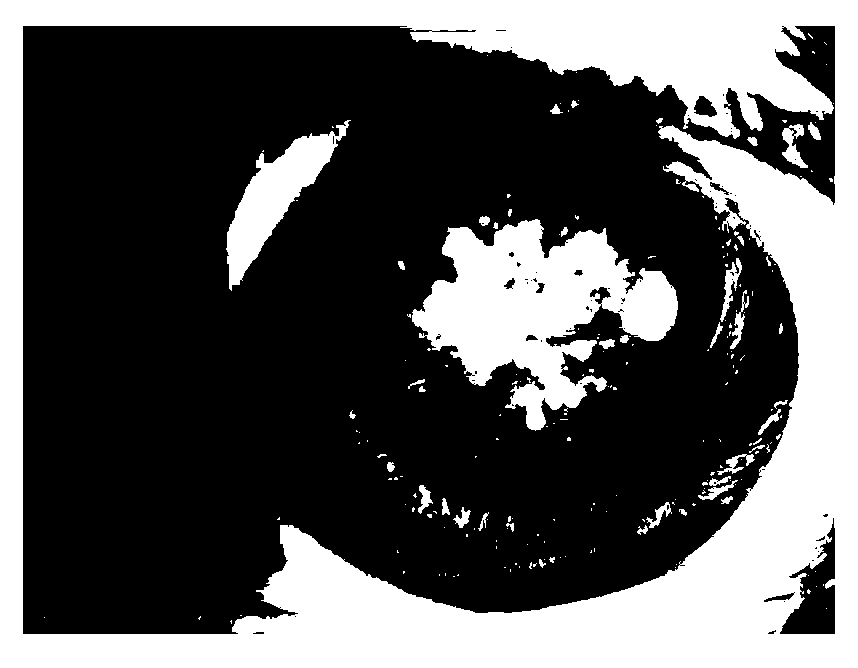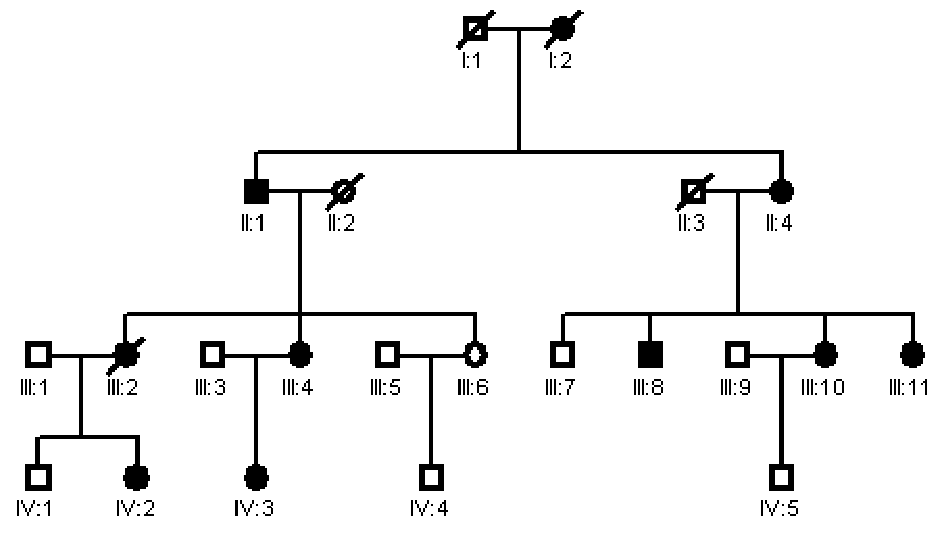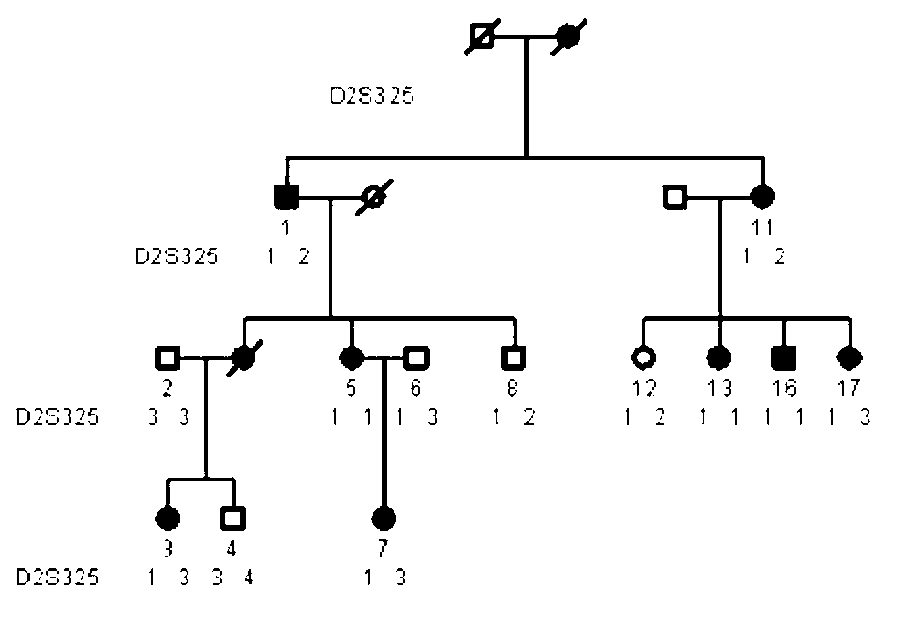Detection kit of disease-causing gene CRYGD of crystalline congenital cataract
A congenital cataract and detection kit technology, applied in the field of genetic detection kits, to achieve the effect of reducing the missed detection rate
- Summary
- Abstract
- Description
- Claims
- Application Information
AI Technical Summary
Problems solved by technology
Method used
Image
Examples
Embodiment 1
[0025] Implementation 1 Chromosomal mapping of disease-causing genes
[0026] 1. Genomic DNA extraction
[0027] Whole blood genomic DNA was extracted by standard saturated phenol / chloroform extraction.
[0028] 2. Linkage analysis
[0029] (1) Selection of microsatellite marker sites: 22 pairs of polymorphic microsatellite genetic markers within 5Mb distance from 17 known ADCC-causing genes were selected, and the physical parameters of each ADCC candidate gene and its surrounding microsatellite markers were selected. The distances are shown in Table 1.
[0030] Table 1: Physical distance of 17 known ADCC pathogenic genes and their nearby microsatellite markers
[0031]
[0032] (2) Amplification of microsatellite markers:
[0033] The multiplex PCR reaction adopts the Touch Down PCR program, with a total of two-phase cycles: pre-denaturation at 95°C for 5 rain, the first phase cycle at 94°C for 30 s, the initial annealing temperature at 63°C for 45 s, and a decreas...
Embodiment 2
[0043] Example 2 Candidate Gene Mutation Detection
[0044] 1. Sequencing analysis of candidate gene mutations
[0045] PCR reaction amplification: According to the entire coding sequence of CRYGC gene and CRYGD gene provided in Table 3, the junction region between exon and intron, and the 5' and 3' untranslated regions (5'UTR and 3'UTR), the primer sequences used Primer 3 was designed by itself and synthesized by Dalian Bao Biological Company.
[0046] The PCR reaction system includes 150 ng of genomic DNA; 2ul of 10×PCR buffer; 0.5ul of dNTP mixture; 0.5ul of upstream and downstream primers (both 10 umol / L); 0.5ul of Taq DNA polymerase (2 U / ul); Water 14ul. PCR reaction conditions: pre-denaturation at 95°C for 5 min, denaturation at 95°C for 30 s, annealing at 55°C for 30 s, extension at 72°C for 10 min, a total of 32 cycles, and storage at 4°C. PCR amplification products were electrophoresed on 1% agarose gel at 120 V constant voltage for 10 min. After purification ...
PUM
 Login to View More
Login to View More Abstract
Description
Claims
Application Information
 Login to View More
Login to View More - R&D
- Intellectual Property
- Life Sciences
- Materials
- Tech Scout
- Unparalleled Data Quality
- Higher Quality Content
- 60% Fewer Hallucinations
Browse by: Latest US Patents, China's latest patents, Technical Efficacy Thesaurus, Application Domain, Technology Topic, Popular Technical Reports.
© 2025 PatSnap. All rights reserved.Legal|Privacy policy|Modern Slavery Act Transparency Statement|Sitemap|About US| Contact US: help@patsnap.com



